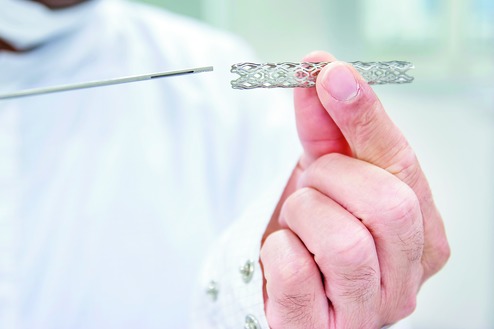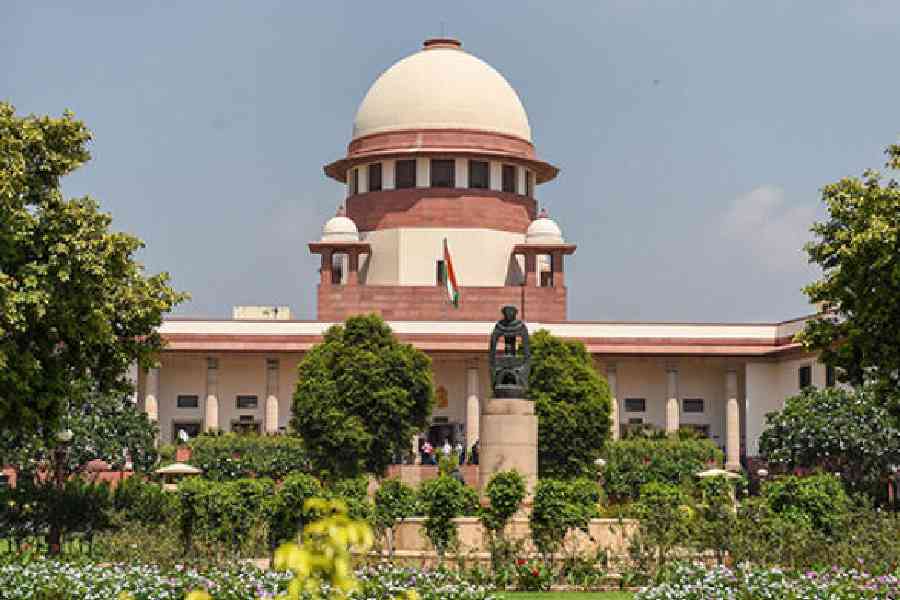
In November last year, the results of a study published in the British medical journal, Lancet, threatened to upset many apple carts in cardiology. Researchers had, for the first time, compared the effects of angioplasty and a sham procedure on patients with stable angina and the results were unnerving. The study showed convincingly that there was no benefit of angioplasty - a procedure to widen narrowed or obstructed cardiac blood vessels, usually through stenting - in such patients.
What exactly is stable angina? For that we have to first understand what ischemic heart disease (IHD) is and how it is treated. IHD is a condition where blood vessels feeding into heart muscle are blocked by atherosclerotic disease. Fat particles are deposited in medium-sized blood vessels, thickening and hardening the inner walls - thus atherosclerosis. Athero means gruel in Greek and sclerosis, hardening. This condition continues to worsen over the years, causing a host of pathologies in the heart, including development of plaques, diminution of blood flow and diminished supply of blood to the heart muscle. In a typical patient this manifests first by what is called angina pectoris - pain in the chest - initially on exercise and then, when the condition becomes worse, at rest as well. A sudden rupture of the plaque coupled with a blood clot forming at the rupture site can give rise to a heart attack or myocardial infarction. Stable angina is when patients have chest pain but not an ongoing infarction or heart attack.
Coronary artery disease is a major killer. It has been calculated that it is the cause of 20 to 29 per cent of all deaths in India. The treatments that have developed for this disease are medications, percutaneous angioplasty and surgery (coronary artery bypass surgery or CABG).
Which therapy is right for which patient of coronary artery disease is a hotly contested issue but, over the years, there has been some consensus. One of these is that surgery (CABG) should be the treatment of choice in patients with diabetes and multi-vessel disease (blocks in three or more arteries). Several clinical trials have also demonstrated the benefits of this approach.
The point that is still being warmly debated is the use of percutaneous coronary intervention (PCI) in patients who have stable angina. Is it justified to use coronary dilatation and stenting for such patients? The tendency is to refer such patients for PCI procedures. In fact, there are many horror stories about patients who were undergoing coronary angiography for diagnosis being pressurised to undergo one or multiple stenting procedures at once after being diagnosed with stable coronary artery disease.
Data now emerging suggests that PCI is not necessary in such circumstances. Many previous studies have shown that angioplasty does not prolong life or prevent heart attacks. The justification for it was that PCI reduced symptoms and allowed patients to return to normal life instead of leading the curtailed lifestyle often advised for those on medication for the disease.

Then came the COURAGE trial. This trial, published 10 years ago, clearly showed that there was no benefit of PCI in patients with stable angina; the results were the same if they were treated with pills. That should have stopped the practice of PCI for stable angina, but somehow it has not. Literally thousands of stents are still placed in patients who would do just as well with medication.
The drawback of the COURAGE trial was that it wasn't a randomised blinded one, which is considered the highest form of evidence. For such a trial patients would have to be divided into two groups and members of both would have to undergo a procedure that simulates a PCI. In actual fact, however, only one group would undergo angioplasty. Even the doctors who follow up with the patients would be unaware of who has had a PCI and who has not. Results would then be analysed at the end of the study to check whether there was any benefit from the procedure. Such studies are difficult to conduct, not least because it requires half the patients to undergo a sham procedure (a catheter is inserted into their bodies as is done for angioplasty but no dilation is done).
In 2014, Neal W. Dickert and his colleagues argued for the need of such a trial in an influential editorial in the Journal of the American College of Cardiology. The objective randomised blinded investigation with optimal medical therapy of angioplasty in stable angina or ORBITA trial fulfilled the requirement.
This landmark study was conducted in five hospitals in the UK. Patients who had one coronary disease in one blood vessel were chosen. They were then put through six weeks of anti-anginal therapy and other lifestyle modifications. After that, the 200 patients were divided into two groups at random, one to undergo PCI (105 patients) and the other (95) to have the sham procedure. At the end of six weeks the patients were re-examined to check differences between the two groups.
Since angina is often sparked off by exercise, the main thing doctors would be checking for was exercise tolerance. Patients were also compared to find any differences in angina severity or physical limitation. The not-so-surprising result was that there was no difference. The PCI procedure worked, the artery showed greater flow, but there was no improvement in symptoms or exercise tolerance.
This study reiterated what many thoughtful physicians had suspected: it was a placebo effect. It is known that any procedure has a powerful placebo effect, that is, it appears to have a benefit even though it actually does not do anything for the disease. This study appears to show that PCI also has a powerful placebo effect and, in actual fact, when this effect is removed by doing a sham procedure, there is no difference between doing the procedure and not doing it. In other words PCI, for this group of patients at least, is a useless procedure.
It has to be taken into account that the trial was confined to patients with only one diseased cardiac vessel, there were a small number of participants and the follow-up was for only six weeks. However, it is still impossible to scientifically claim that PCI is beneficial until new evidence comes to light.
The writer is a doctor who teaches Surgery at the Taylor's University School of Medicine in Selangor, Malaysia










